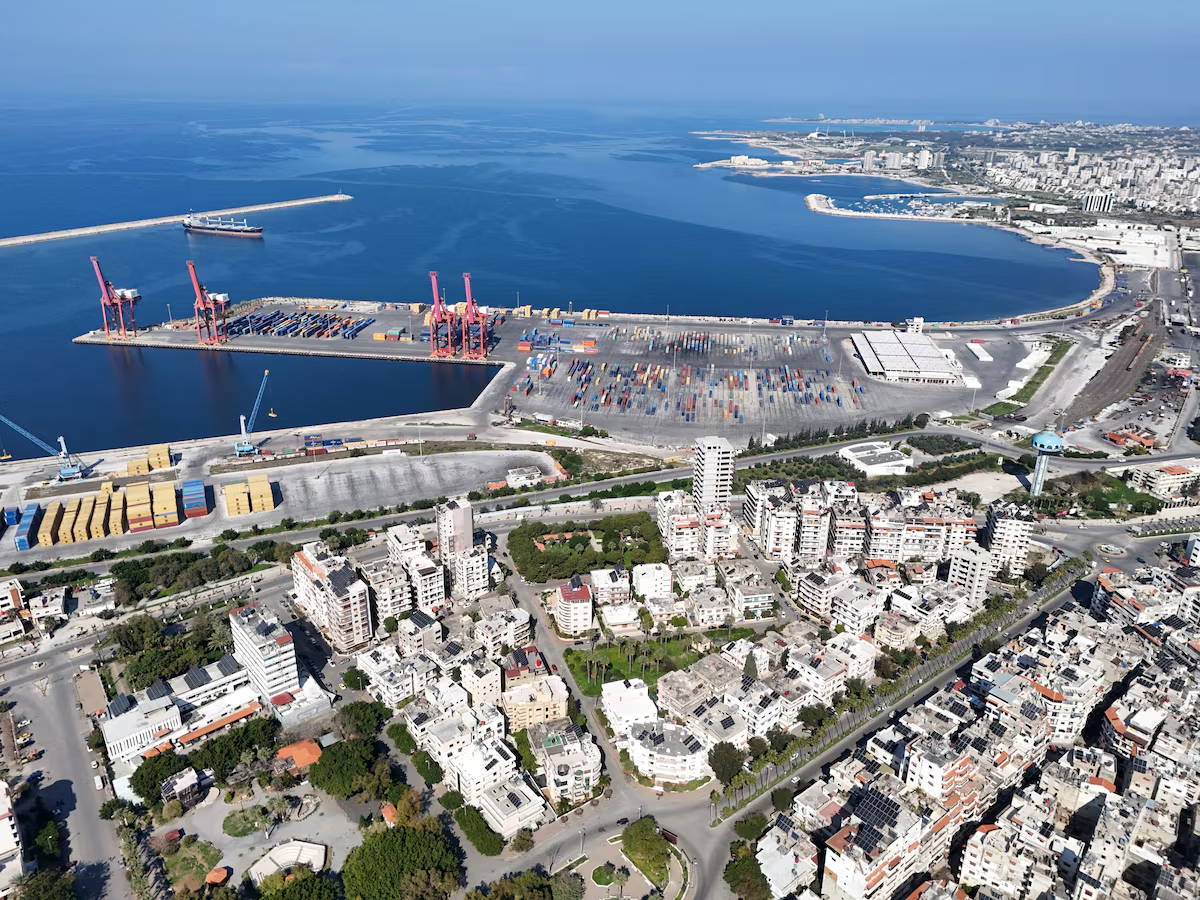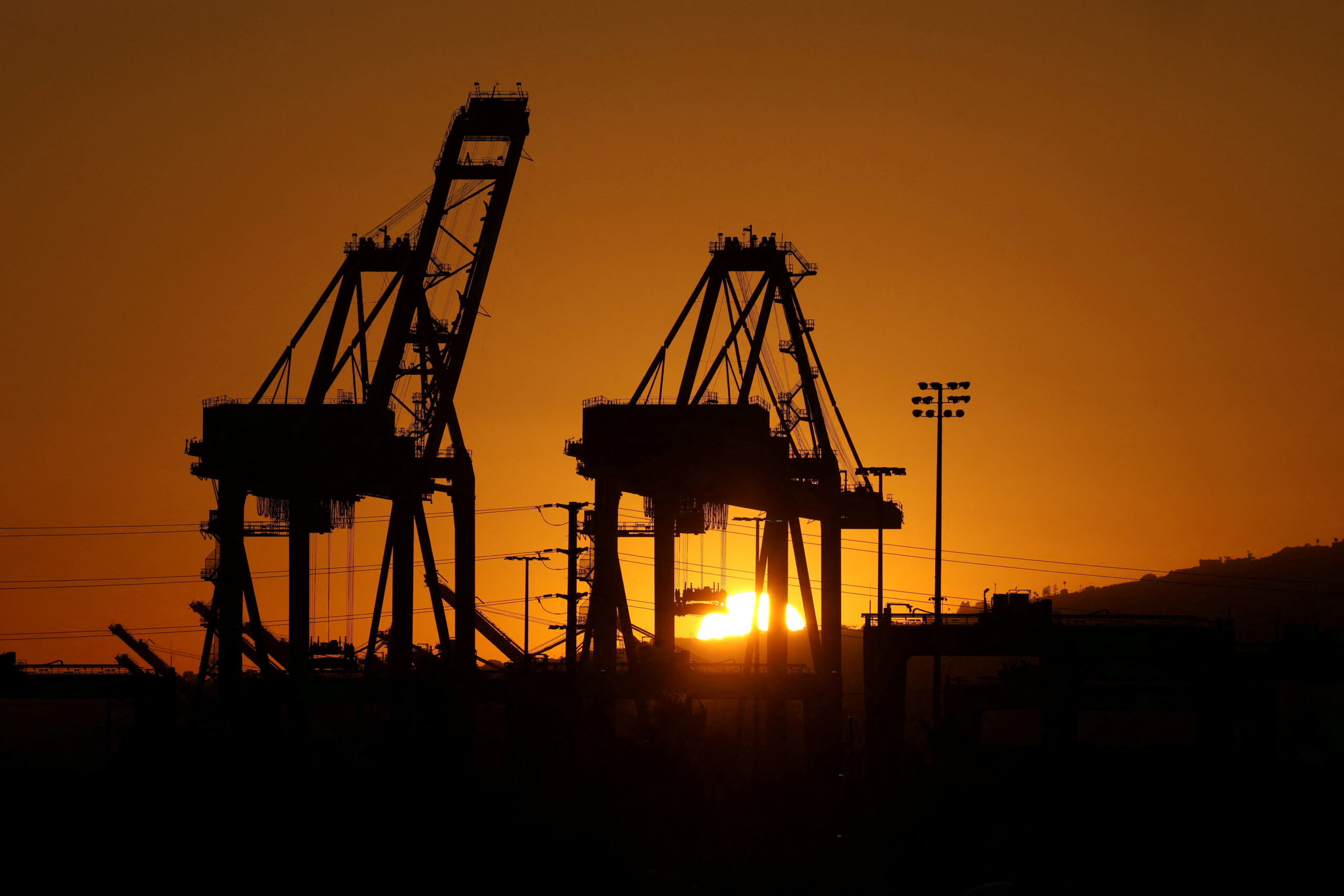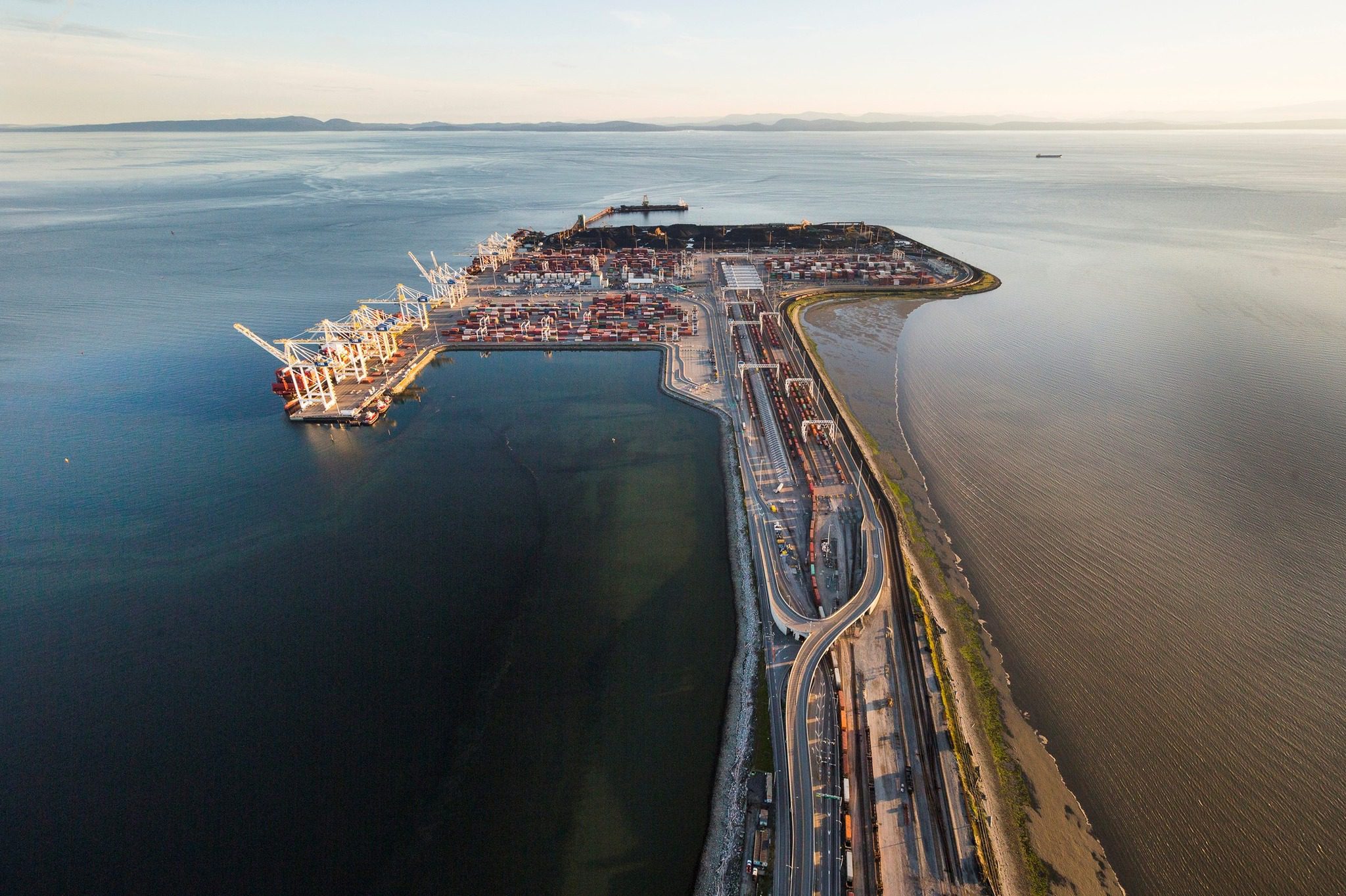By William Redmond
MAC UK Correspondent
A container crane collapse during ship loading at Southampton Container Terminal on July 13 has raised serious issues about dock workers and ship crews’ safety in which the investigative authority, namely the Health & Safety Executive, HSE, does not emerge entirely unblemished.
The incident, which left the crane driver, 33-year old Mr Jay Squibb, with life-threatening injuries closely copied a similar crane collapse 19 months ago involving the same crane manufacturer and design at the same berth, the report on which dock operators are still awaiting.
 Such investigations must always be painstaking and never rushed but is it unreasonable to ask why such investigations should take so astoundingly long before findings are made public, especially as such reports could prevent future, far worse accidents?
Such investigations must always be painstaking and never rushed but is it unreasonable to ask why such investigations should take so astoundingly long before findings are made public, especially as such reports could prevent future, far worse accidents?
The terminal operator, DP world, which owns 51% of the operation, partnered with Associated British Ports, who own 49%, says the latest crane collapse is unlikely to be related to the previous incident yet the similarities seem to be more than coincidental. Both cranes of the same design, of which there are no other examples in the UK, were made by the defunct British manufacturer, Morris Cranes, in the early 1990s and both were subsequently altered.
In the earlier incident, crane 8 had undergone a 4 mt boom extension by crane contractor, Seward Wyon, during 2006 to enable it to handle bigger vessels. No one was injured in that incident but ship-side operations had to be suspended as a safety precaution and all 11 ship-to-shore cranes were taken out of service and checked one by one by HSE inspectors. The knock-on effects were costly, as it involved the temporary closure of the Swindon-based Honda car factory after its JIT delivery system was disrupted.
Alterations to crane 6 in the latest incident involved raising the crane by 5 mt in 2004. There were no strong winds when the crane’s twin boom collapsed onto the container ship, NYK Themis, and damage to the ship required only minor repairs to one hatch cover but at least four containers were damaged. The incident, however, could have been far worse.
Health and safety officials have identified “some significant lines of enquiry” but Mike Wilcock, the HSE regional head of operations, refused to elaborate on such lines. HSE has, however, requested that the two similar cranes at the terminal be withdrawn from service until further notice and has issued some precautionary advice to the port’s industry. HSE is also telling all users of workshop port cranes made by Morris to carry out urgent safety tests. He added that a team of HSE staff, including inspectors, a specialist mechanical engineer and a metallurgist are working on the investigation which would take “some time” to reach a conclusion. It is to be hoped that, unlike the previous accident, it will not exceed an elephant’s gestation period before findings are made public.
There is serious concern among UK port workers about safety issues and Unite, the union to which, Mr Squibb belongs, says “The matter is of paramount importance”. One dock worker who returned to work after the incident told the local Daily Echo newspaper that he believes staff play “Russian roulette” when they get into cranes, but their concerns are not enough to keep them away. “It isn’t necessarily about he crane maintenance. It is the fact that at any time we can lift locked on boxes and it can cause a crane to collapse,” he said.
Speculation into the accident’s causes at this stage may not be very helpful but the incident, perhaps, stresses the need to hasten the proposed installation of weighers on dock handling equipment, preferably on straddle carriers, reach stackers, and the like before containers are marshalled under a gantry crane’s operational apron. At DP World’s Southampton terminal none of its cranes or straddle carriers is fitted with a weigher, although all machinery is designed to cut out if containers exceed a machine’s safe working load.
All lifting machines also usually have a generous overload margin but even that could be exceeded in certain circumstances involving weather conditions and deliberate, fraudulent under declaration of container payload weights by consignors and container stuffers. This practice costs container shipping lines, ports and governments billions of pounds in lost revenues every year, and imperils ships, their crews and the environment.
There is, however, some good news in that Mr Squibb is out of intensive care and showing positive signs of recovery.
Tags:

 Join The Club
Join The Club











